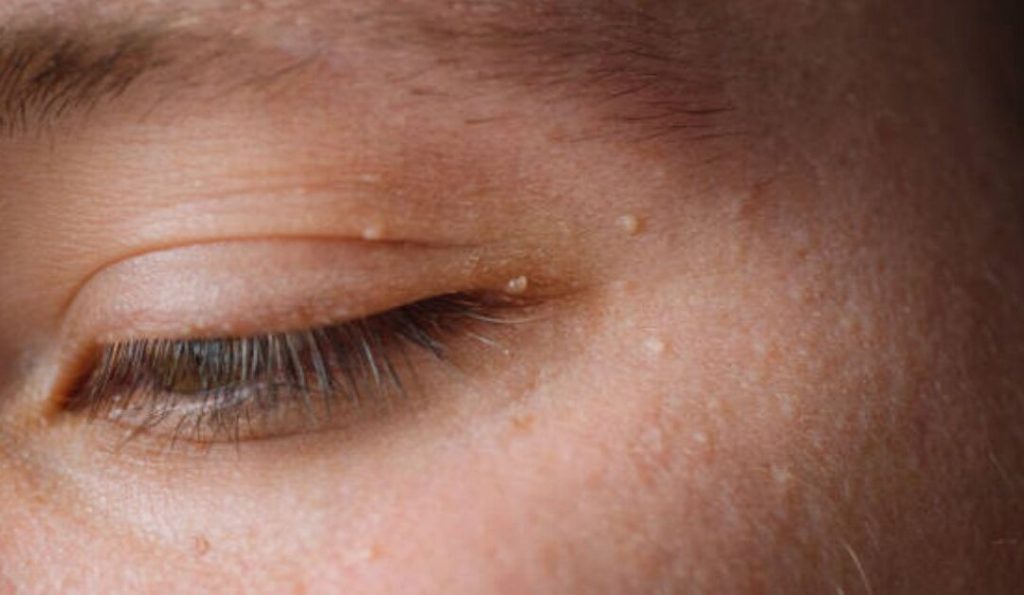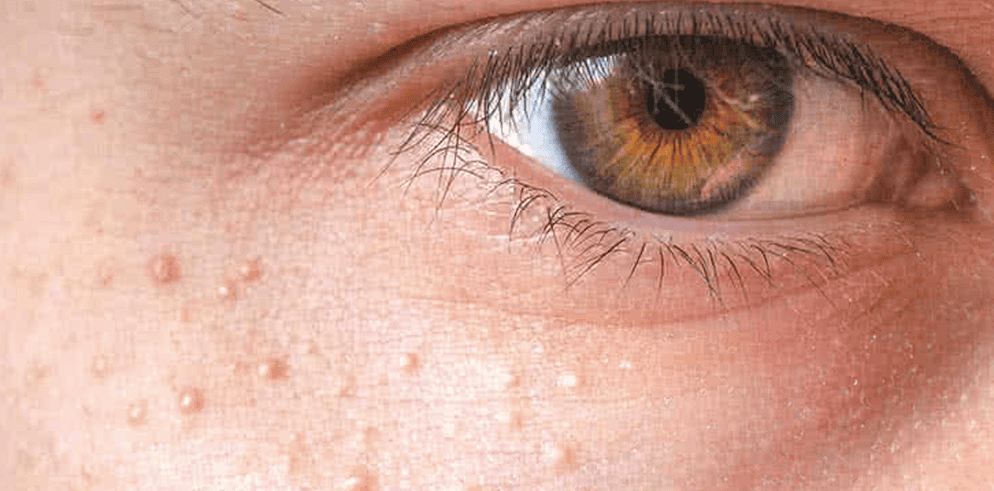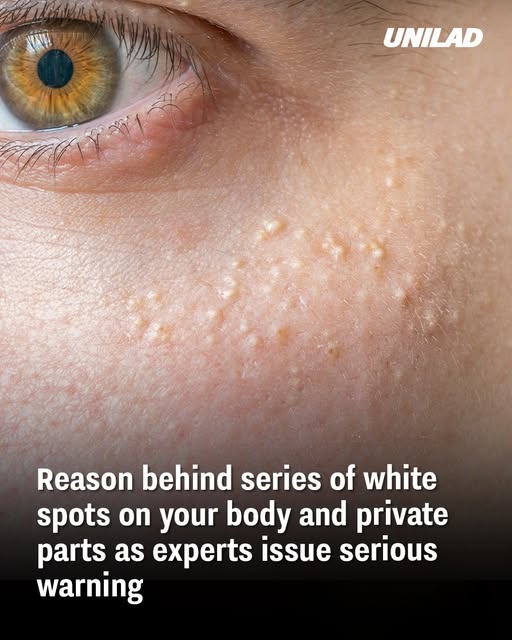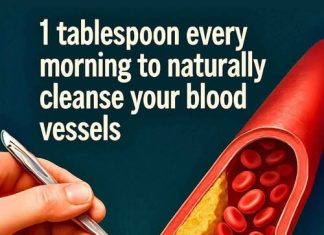Have you noticed small, pearly white bumps on your face or body and wondered what they are? One common explanation is a condition called “milia.” These are tiny cyst-like bumps just beneath the skin’s surface, filled with keratin the same protein found in hair and nails. Rather than the oil-filled pustules of acne, milia are hard, white, or yellowish bumps that typically don’t hurt or itch. They may seem alarming at first, but in most cases they’re benign and purely cosmetic in nature.
Where Do They Appear?
Milia most frequently emerge on the face — especially the cheeks, eyelids or under-eye areas — but they can also show up on the scalp, chest, back and even genital regions. Some people find them clustered together; others may see only one or two. They’re not limited to newborns (though very common in babies), and adults can develop them too. While newborn milia often resolve on their own, persistent adult milia can sometimes stay longer or require treatment.

What Causes Milia?
The underlying mechanism is pretty straightforward: dead skin cells or keratin become trapped beneath the surface of the skin rather than shedding naturally. That trapped material forms a tiny bump — a milia. Contributing factors can include sun damage, skin trauma (like burns or rashes), use of thick, heavy skincare or steroid creams, or even certain skin procedures. Because the outer skin layer stays intact over the bump, it can’t just be “popped” like a pimple, and attempts to squeeze it often lead to skin irritation or scarring.
When to Worry — and When Not To
- In general: milia are harmless and don’t require urgent medical attention. They don’t usually signal a serious health condition and will often fade with time. That said, you should become alert if you notice:
- A bump changing significantly in size, colour or texture
- Many new bumps appearing rapidly or in an unusual area
- Accompanying symptoms such as pain, bleeding, crusting or discharge
In such scenarios you may want to consult a dermatologist who can rule out other skin conditions that may mimic milia, such as certain cysts, warts or even early signs of skin disease.
Treatment and Care Options
For most people with milia, simple observation and gentle skin care are sufficient. If the appearance bothers you, or the bumps persist, there are options:
- Gentle exfoliation with mild acids (under guidance) to encourage skin-cell turnover
- Prescription retinoid creams to gradually clear the keratin buildup
- A dermatologist’s procedure such as a sterile extraction, micro-needle opening or cryotherapy for larger or stubborn milia
Importantly: do not attempt to squeeze or dig out a milia yourself. That can cause infection, scarring or new bumps. Instead, keep your skin clean, use non-comedogenic (non-clogging) moisturisers, and wear sunscreen to prevent sun-induced skin damage.
Prevention & Maintenance Tips
Because milia often develop from skin that isn’t shedding efficiently or from blocked pores/trapped keratin, you can support your skin health by:
- Using a gentle cleanser twice daily and avoiding overly heavy creams-especially around the eye area
- Exfoliating once or twice a week (if approved for your skin type) to remove dead skin cells
- Protecting your skin from sun damage with broad-spectrum sunscreen and avoiding long-term steroid creams without supervision
- Keeping your skincare simple and avoiding overly occlusive products especially in milia-prone zones
With consistent, gentle care, you can reduce the risk of new milia and keep your skin smoother and more even.

Final Thoughts
Tiny white bumps on the skin can be surprising, but more often than not they’re just milia — harmless little keratin-filled cysts that resolve on their own or respond to modest skin care changes. They’re not acne, they’re not contagious, and in most cases they’re more cosmetic than medical. The best path? Be gentle with your skin, avoid trying to extract them at home, and consult a skincare professional if the bumps change, multiply or cause you concern. With that approach, you’ll likely regain confidence in your skin’s appearance and feel less anxious about those little bumps.

















